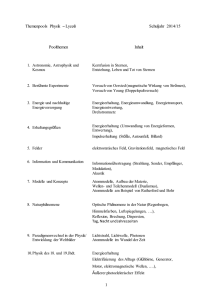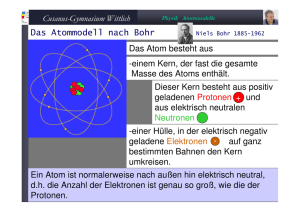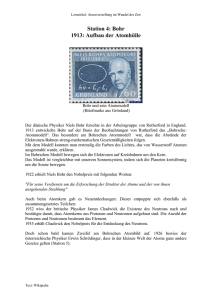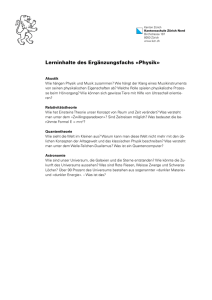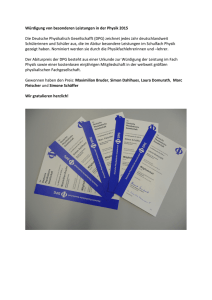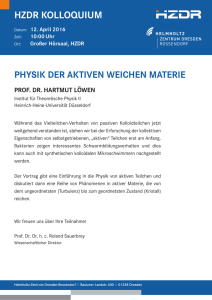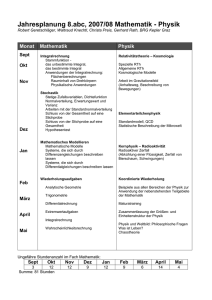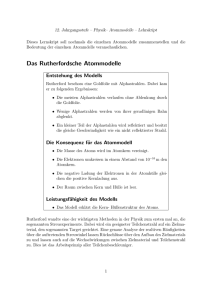Atommodell - bastizimmer.org
Werbung
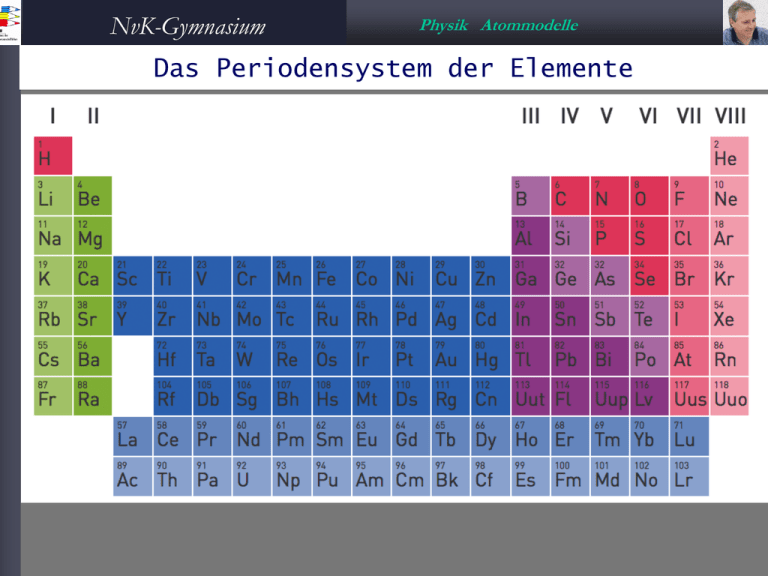
NvK-Gymnasium Physik Atommodelle Das Periodensystem der Elemente NvK-Gymnasium Physik Atommodelle Das Atommodell nach Bohr Niels Bohr 1885-1962 Das Atom besteht aus -einem Kern, der fast die gesamte Masse des Atoms enthält. Dieser Kern besteht aus positiv geladenen Protonen + und aus elektrisch neutralen Neutronen -einer Hülle, in der elektrisch negativ geladene Elektronen - auf ganz bestimmten Bahnen den Kern umkreisen. Ein Atom ist normalerweise nach außen hin elektrisch neutral, d.h. die Anzahl der Elektronen ist genau so groß, wie die der Protonen. NvK-Gymnasium Physik Atommodelle Aufbau der Atome Das H-Atom Z=1 Das Li-Atom Z=3 Das He-Atom Z=2 Das Be-Atom Z=4 Das Ne-Atom Z=10 NvK-Gymnasium Physik Atommodelle Das Atommodell nach Bohr Das Na-Atom Z=11 Das Ar-Atom Z=18 Das Ka-Atom Z=19 Das Kr-Atom Z=36 NvK-Gymnasium Physik Atommodelle Das Atommodell nach Bohr Cu Z=29 Ag Z=47 Au Z=79 Cu (Kupfer) Ag (Silber) Au (Gold) sind gute Leiter für den elektrischen Strom, weil sie ein einzelnes Elektron in der äußeren Schale besitzen. NvK-Gymnasium Physik Atommodelle Einige Elemente geordnet He H Li Be B C N O F Ne NvK-Gymnasium Physik Atommodelle Das Periodensystem – Besetzung der Schalen
